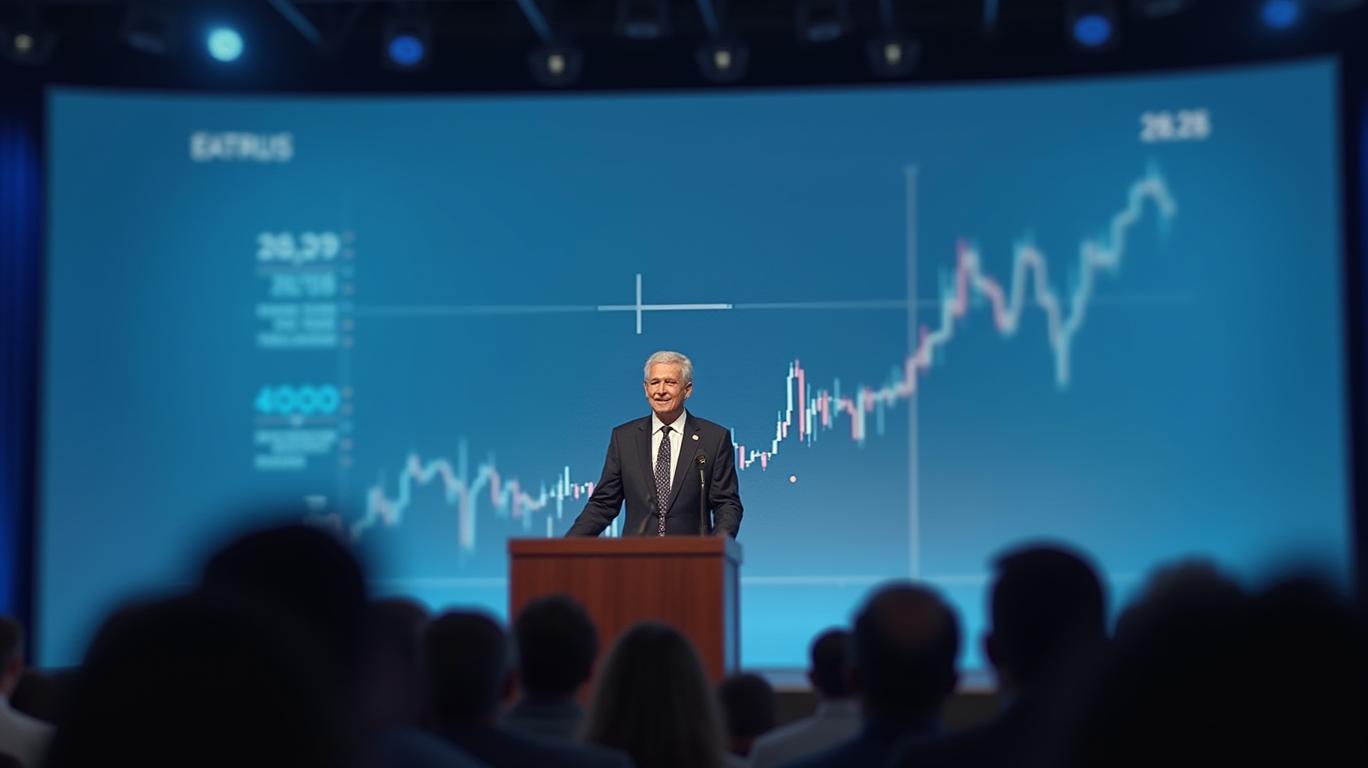Aramark's Dividend Hike Signals Financial Resilience Amid Sector Challenges
Catering and facilities management giant Aramark (NYSE: ARMK) has reaffirmed its commitment to shareholder returns with a modest but notable dividend increase for its Q2 2025 payout. The company declared a quarterly dividend of $0.105 per share, up 10.5% from the $0.095 per share paid in the same quarter last year. This marks a reversal from recent dividend reductions and underscores Aramark’s efforts to balance growth investments with shareholder rewards.

Key Dividend Details and Financial Health
The dividend, payable on May 28, 2025, will be distributed to shareholders of record as of May 14, 2025. The ex-dividend date—when new buyers are no longer eligible for the payout—is set for May 10, 2025. With this increase, the annualized dividend rises to $0.42 per share, a modest 10% jump from the 2024 total of $0.38 per share.
Aramark’s low payout ratio of 17.14% (as of Q2 2025) highlights the company’s financial flexibility, as earnings comfortably cover dividends. This conservative approach contrasts with peers under pressure to prioritize debt reduction or reinvestment. The dividend yield, at 1.18%, remains below the broader market average but aligns with the sector’s cautious stance.
Navigating Mixed Growth Trends
While the Q2 2025 dividend marks a positive step, Aramark’s dividend history reflects broader operational challenges. Over the past year, the dividend growth rate fell by -10.23%, driven by a prior reduction to $0.09 per share in early 2024. However, a longer-term view reveals stability: the dividend has grown 10.17% annually over the past decade, a testament to the company’s consistent cash flow generation despite cyclical industry pressures.
The inconsistent short-term performance stems from Aramark’s reliance on sectors such as food service and facility management, which face volatility in macroeconomic conditions. For instance, the 2023 dividend of $0.11 per share was scaled back during the early 2024 recessionary pressures, only to rebound slightly in 2025.
Strategic Considerations for Investors
Aramark’s dividend policy prioritizes sustainability over rapid growth. With a payout ratio consistently under 20%, the company retains ample capital to navigate industry fluctuations, invest in technology, or acquire smaller competitors. However, shareholders should note the following risks:
- Sector-specific headwinds: Declines in corporate spending or hospitality demand could pressure margins.
- Uncertainty in future declarations: While Q2 2025 is confirmed, subsequent 2025 dividends remain unannounced, leaving room for variability.
- Competitor dynamics: Rivals like Compass Group or Sodexo may outpace Aramark in dividend growth if they secure stronger market share.
Conclusion: A Steady Hand in a Volatile Sector
Aramark’s dividend hike to $0.105 per share signals a cautious but constructive outlook. The low payout ratio and historical stability suggest the dividend is secure, even if modest. For income-focused investors, the 1.18% yield provides a safe, if unspectacular, return.
Long-term holders should monitor two key metrics:
1. Payout ratio trends: A sustained ratio below 25% would indicate continued financial discipline.
2. Revenue growth: Aramark’s ability to expand its healthcare and education service lines—less cyclical than corporate events—could stabilize cash flows.
While Aramark may not thrill growth investors, its dividend policy offers a reliable baseline in an industry prone to volatility. As of May 2025, the stock’s valuation and dividend trajectory warrant consideration for portfolios seeking conservative exposure to the facilities management sector.
In summary, Aramark’s dividend increase is a positive sign of financial resilience. Yet, its success hinges on navigating sector-specific risks while maintaining the balance between shareholder rewards and reinvestment—a challenge where its disciplined capital allocation strategy could prove decisive.










